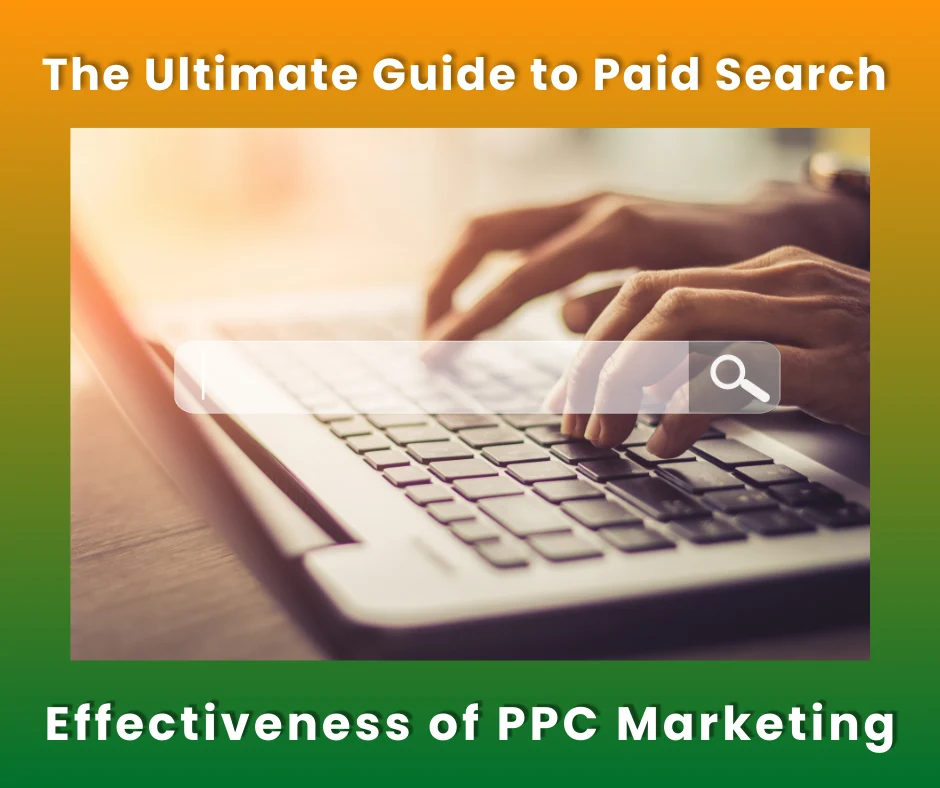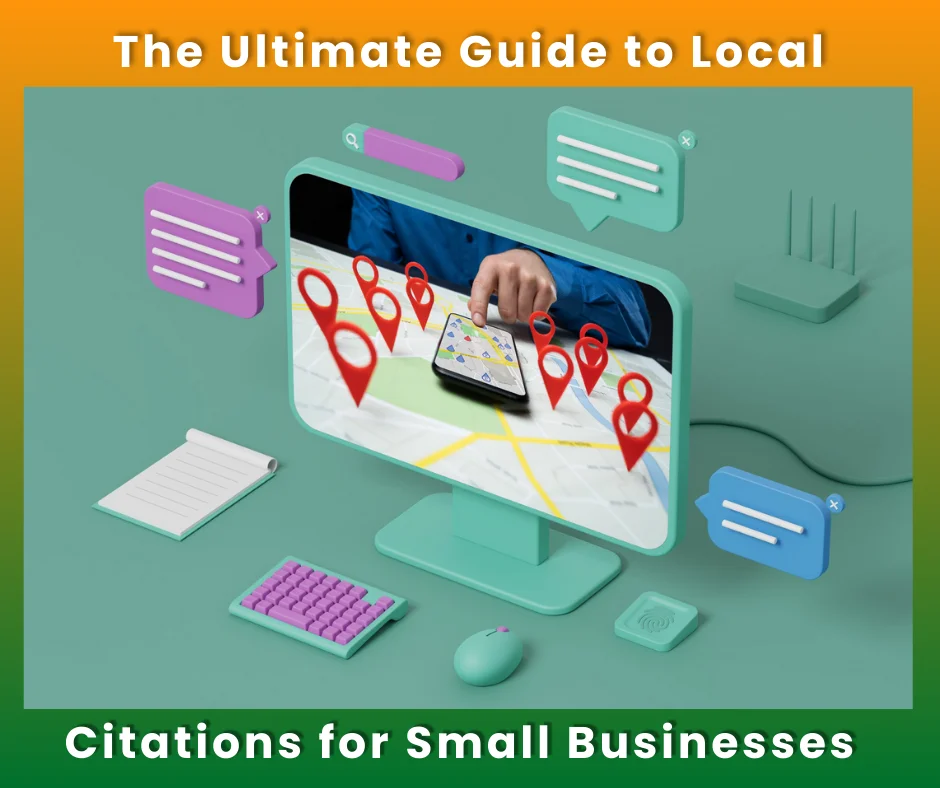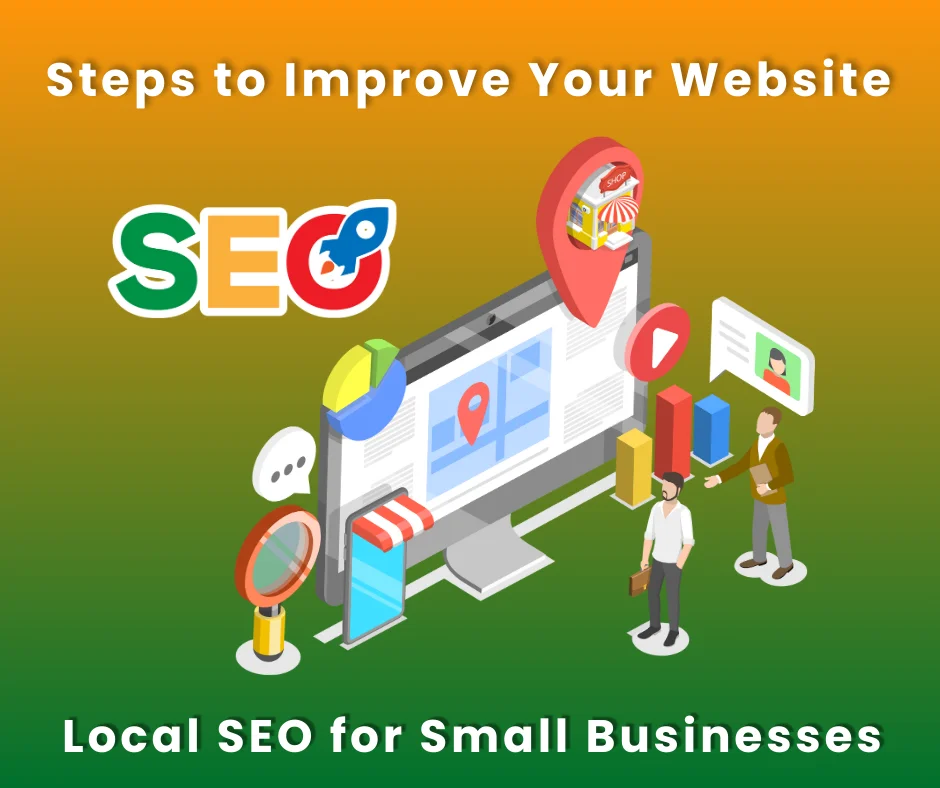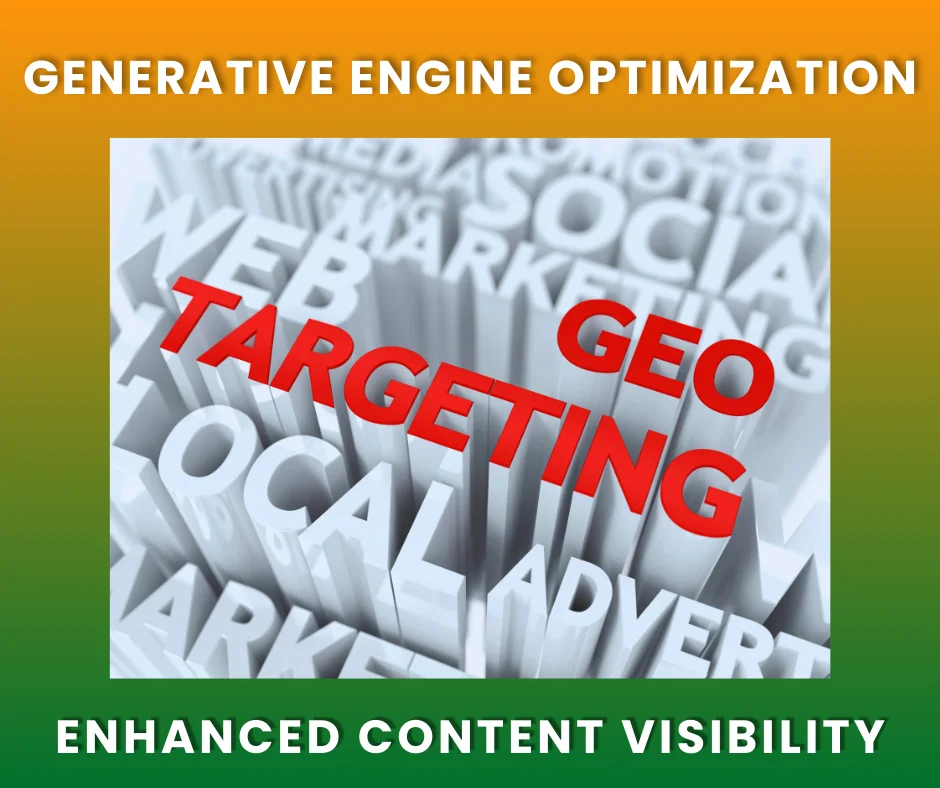
I. Introduction to Paid Search
- What is Paid Search?
- Definition: A digital marketing tactic where businesses pay search engines (like Google, Bing, etc.) to display their ads in the search engine results pages (SERPs).
- Explanation of Pay-Per-Click (PPC): Advertisers pay only when someone clicks on their ad.
- The auction process: How ad positions are determined (Ad Rank = Quality Score x Bid Amount).
- Distinction between paid search and organic search.
- Mention the significant portion of website traffic originating from paid search (cite recent statistics from 2024-2025). [Instruction: Include a statistic here about the percentage of website traffic or conversions attributed to paid search.]
- Why Paid Search Matters in 2025:
- Instant visibility and traffic generation.
- Highly targeted advertising to reach specific audiences.
- Measurable results and ROI tracking.
- Complementary role alongside SEO.
- Highlight the effectiveness of PPC as a marketing channel (cite a statistic on marketer satisfaction or effectiveness rating from 2024-2025). [Instruction: Include a statistic demonstrating the perceived effectiveness of paid search.]
- The Current Landscape of Paid Search:
- Dominance of Google Ads and its market share (cite latest market share data from early 2025). [Instruction: Include the current market share of Google in the search advertising market.]
- The rise of other platforms like Microsoft Ads, Amazon Ads, and social media advertising (briefly mention their significance).
- The impact of AI and automation on campaign management.
- The increasing importance of mobile optimization.
II. Key Components of a Paid Search Campaign
- Keywords:
- Understanding keyword match types (broad, phrase, exact).
- The importance of relevant and specific keywords.
- Utilizing keyword research tools (mention Google Keyword Planner and other popular tools).
- Implementing negative keywords to refine targeting and save budget.
- Mention the increasing use of long-tail keywords and voice search optimization.
- Ad Copy:
- Crafting compelling headlines and descriptions.
- Using clear calls to action (CTAs).
- Highlighting unique selling propositions (USPs) and offers.
- Ensuring ad relevance to keywords and landing pages.
- The role of Responsive Search Ads (RSAs) and the importance of utilizing all available headlines and descriptions (cite best practices for RSA effectiveness).
- Ad Extensions:
- Types of ad extensions (sitelinks, callouts, structured snippets, price extensions, etc.).
- How ad extensions enhance ad visibility and provide additional information.
- The impact of ad extensions on click-through rates (CTRs).
- Mention image extensions and their growing importance.
- Bidding Strategies:
- Manual vs. automated bidding options.
- Understanding different automated bidding strategies (Maximize Clicks, Maximize Conversions, Target CPA, Target ROAS, etc.).
- Choosing the right bidding strategy based on campaign goals.
- The increasing reliance on Google’s automated bidding strategies and Performance Max campaigns.
- Targeting Options:
- Geographic targeting.
- Demographic targeting.
- Audience targeting (remarketing lists, customer match, similar audiences, in-market audiences, affinity audiences).
- Device targeting.
- The significance of audience layering in refining targeting.
- Landing Pages:
- The importance of relevant and high-converting landing pages.
- Ensuring a seamless user experience from ad click to conversion.
- Key elements of effective landing pages (clear headline, compelling copy, strong CTA, mobile-friendliness, fast loading speed).
- Mention the impact of landing page experience on Quality Score and CPC.
III. Setting Up and Managing Paid Search Campaigns (Step-by-Step)
- Creating a Google Ads Account (or other platform account).
- Defining Campaign Goals and Objectives.
- Structuring Your Account and Campaigns:
- Importance of logical account structure (account, campaigns, ad groups).
- Strategies for organizing campaigns (by product/service, location, theme).
- The role of Single Keyword Ad Groups (SKAGs) and their effectiveness (cite potential benefits like improved CTR and Quality Score).
- Keyword Research and Selection Process.
- Writing Effective Ad Copy and Utilizing Ad Extensions.
- Setting Bids and Budgets:
- Understanding daily and monthly budgets.
- Initial bid strategies and adjustments.
- Monitoring budget pacing and making necessary changes.
- Implementing Targeting Options.
- Creating and Linking Relevant Landing Pages.
- Tracking Conversions and Measuring Success:
- Setting up conversion tracking (Google Ads conversion tracking, Google Analytics 4).
- Identifying key performance indicators (KPIs) such as CTR, CPC, conversion rate, cost per acquisition (CPA), return on ad spend (ROAS).
- Utilizing GA4 for attribution and performance analysis.
- Ongoing Monitoring, Optimization, and Testing:
- Regularly reviewing campaign performance data.
- Identifying areas for improvement (keywords, ad copy, bids, targeting, landing pages).
- A/B testing ad copy and landing pages to enhance results.
- The importance of continuous experimentation and adaptation.
IV. Advanced Paid Search Strategies and Tactics
- Remarketing (Retargeting):
- Reaching users who have previously interacted with your website.
- Different types of remarketing (standard, dynamic, video).
- Creating effective remarketing lists and ad creatives.
- The impact of remarketing on conversion rates.
- Customer Match:
- Uploading customer data to target specific audiences.
- Utilizing customer match for personalized advertising.
- Privacy considerations and best practices for using customer data.
- Similar Audiences and Lookalike Audiences:
- Expanding reach to users with similar characteristics to your existing customers.
- Leveraging platform algorithms to find relevant prospects.
- Performance Max Campaigns:
- Understanding the features and benefits of Performance Max.
- Utilizing asset groups and signals for optimization.
- Balancing automation with manual oversight.
- Mention the increasing adoption of PMax and its impact on campaign management.
- Shopping Campaigns and Product Listing Ads (PLAs):
- Setting up and optimizing product feeds.
- Creating effective shopping campaigns to showcase products.
- The visual appeal and high conversion rates of PLAs.
- Video Advertising (YouTube Ads):
- Different formats of YouTube ads (in-stream, discovery, bumper).
- Targeting options for YouTube ads.
- Measuring the effectiveness of video campaigns.
- The increasing importance of video content in paid advertising.
- Local Service Ads (LSAs):
- Connecting with local customers for service-based businesses.
- How LSAs appear in search results.
- Benefits of using LSAs for local lead generation (cite potential impact on click share for top positions).
- Utilizing AI and Automation for Campaign Optimization:
- AI-powered ad creation and recommendations.
- Automated bidding and budget management.
- AI for audience research and analysis (cite statistics on PPC professionals using AI for these tasks). [Instruction: Include a statistic on the adoption of AI for tasks like ad writing or audience research in PPC.]
- The evolving role of AI in the future of paid search.
V. Choosing the Right Paid Search Platforms
- Google Ads:
- Strengths: Largest search network, high conversion rates, extensive features.
- Considerations: Can be expensive in competitive niches.
- Microsoft Ads (Bing Ads):
- Strengths: Lower CPCs, less competition in some niches, integration with LinkedIn for B2B targeting.
- Considerations: Lower search volume compared to Google.
- Amazon Ads:
- Strengths: High buyer intent for product searches, direct sales focus.
- Considerations: Primarily for e-commerce businesses selling on Amazon.
- Social Media Advertising (Facebook, Instagram, LinkedIn, TikTok, etc.):
- Strengths: Granular audience targeting, strong for brand awareness and engagement.
- Considerations: Different user intent compared to search, can have lower direct conversion rates for some businesses.
- Comparison of Platform Features, Costs, and Audience Reach (include a table summarizing key differences). [Instruction: Include a table comparing the main paid search platforms based on factors like average CPC, audience size, targeting options, and best use cases.]
- Factors to Consider When Selecting Platforms Based on Business Goals and Target Audience.
VI. Measuring and Analyzing Paid Search Performance
- Key Performance Indicators (KPIs) in Detail:
- Click-Through Rate (CTR).
- Cost Per Click (CPC).
- Conversion Rate.
- Cost Per Acquisition (CPA).
- Return on Ad Spend (ROAS).
- Quality Score and its impact.
- Impression Share.
- Customer Lifetime Value (CLTV).
- Utilizing Google Analytics 4 (GA4) for In-Depth Analysis:
- Tracking user behavior from paid search traffic.
- Analyzing conversion paths and attribution.
- Creating custom reports and dashboards.
- Understanding the changes in attribution models with GA4.
- Reporting and Communication of Results.
- Tools for Paid Search Analytics and Reporting (mention Google Ads interface, GA4, and potentially third-party tools).
VII. Best Practices for Paid Search in 2025
- Aligning Paid Search Strategy with Overall Marketing Goals.
- Maintaining a Consistent Brand Message Across Ads and Landing Pages.
- Prioritizing Mobile Optimization.
- Leveraging Automation and AI Strategically, While Maintaining Oversight.
- Continuously Testing and Refining Campaigns.
- Staying Updated with Platform Changes and Industry Trends.
- Focusing on User Intent and Providing Value.
- Ensuring Transparency and Building Trust.
- Optimizing for Voice Search Queries.
- The importance of a well-defined negative keyword strategy.
- Regularly auditing and refining account structure.
VIII. The Future of Paid Search
- Increased Automation and the Role of AI.
- The Evolution of Bidding Strategies.
- The Growing Importance of First-Party Data and Privacy Considerations.
- Integration with Other Marketing Channels (Omnichannel Marketing).
- The Impact of New Search Interfaces and Technologies.
- The Continued Rise of Mobile and Video Advertising.
IX. Common Pitfalls to Avoid in Paid Search
- Not Defining Clear Goals.
- Poor Keyword Research.
- Writing Weak or Irrelevant Ad Copy.
- Sending Traffic to Poorly Optimized Landing Pages.
- Ignoring Negative Keywords.
- Not Tracking Conversions Properly.
- Failing to Monitor and Optimize Campaigns Regularly.
- Over-Reliance on Automation Without Human Oversight.
- Having a Limited Budget Without Strategic Allocation.
- Lack of Understanding of Keyword Match Types.
X. Conclusion
- Recap of the key principles and benefits of paid search in 2025.
- Emphasis on the dynamic nature of paid search and the need for continuous learning and adaptation.
- Final thoughts on leveraging paid search for sustainable business growth.
Related Source
Local SEO Services
SEO Optimized Website
Digital Marketing Services
Local Citation for Small Businesses
(GEO) for Enhanced Content Visibility
The Ultimate Guide to Local Citations for Small Businesses
Steps to Improve Your Website for Local SEO for Small Businesses



